Search the collection
Filter By
Object Type / Material
Geographic Location
Department
Date
Show Only:
- As part of the Met's Open Access policy, you can freely copy, modify and distribute this image, even for commercial purposes.APIPublic domain data for this object can also be accessed using the Met's Open Access API
Objects with changed or unknown ownership in continental Europe between 1933-1945. Learn more
More than 10,000 results for possibly German, Stuttgart
Sort by:

possibly German, Stuttgart
early 19th century
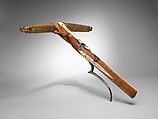
Heinrich Heid von Winterthur
dated 1460
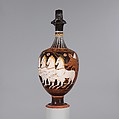
Stuttgart Group
ca. 325–300 BCE
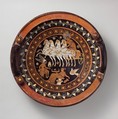
Stuttgart Group
late 4th century BCE
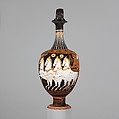
Stuttgart Group
ca. 325–300 BCE
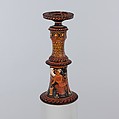
Stuttgart Group
ca. 325–300 BCE
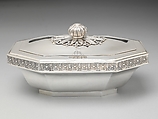
Johann Christian Sick
ca. 1800
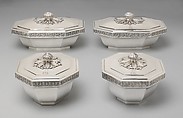
Johann Christian Sick
ca. 1800

Johann Heinrich von Dannecker
ca. 1789
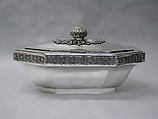
Johann Christian Sick
ca. 1800
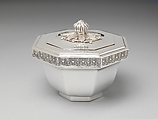
Johann Christian Sick
ca. 1800

Philipp Jakob Scheffauer
1794
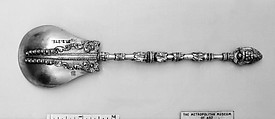
German, Stuttgart
19th century

German, Stuttgart
early 18th century

Johannes Klinkerfuss
Queen Charlotte of Württemberg
early 19th century

Joseph Deutschmann
ca. 1740
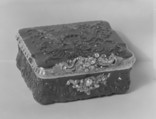
possibly German
ca. 1730–50

possibly German
ca. 1750–60
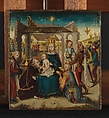
German
ca. 1470–90
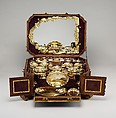
Fourteen identified German (Augsburg) goldsmiths and other German artisans; Japanese (Imari) porcelain maker
ca. 1743–45

Hermann Hauser
1937

German
ca. 1450
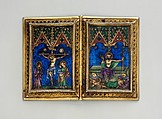
German
1300–1325
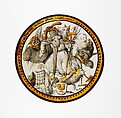
German
1532

Nikolaus von Hagenau
ca. 1500

German
ca. 1500

Tilman Riemenschneider
ca. 1495
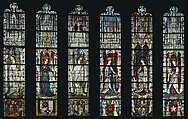
German
1440–46
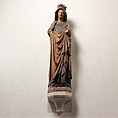
German
ca. 1250
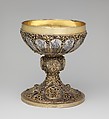
German
ca. 1230–50
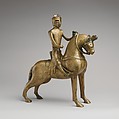
German
ca. 1250

German
ca. 1300

German
ca. 1170
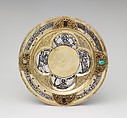
German
ca. 1230–50
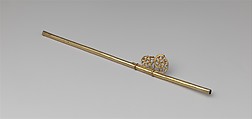
German
ca. 1230–50
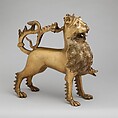
German
ca. 1400

Master Heinrich of Constance
ca. 1310–20

Johann Benedikt Gahn
ca. 1700
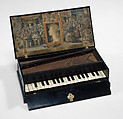
German
ca. 1600
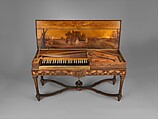
Christian Kintzing
1763